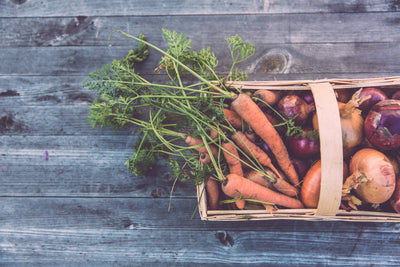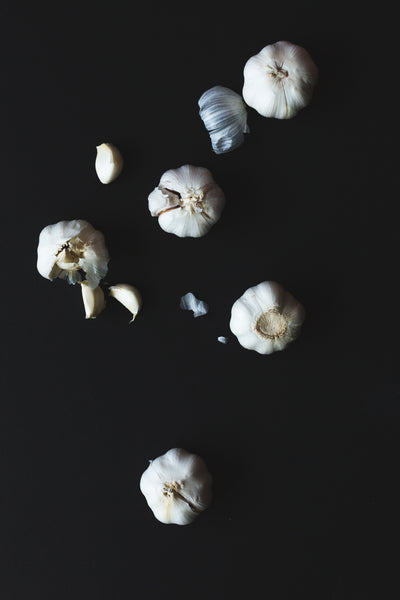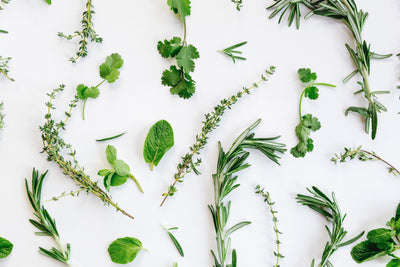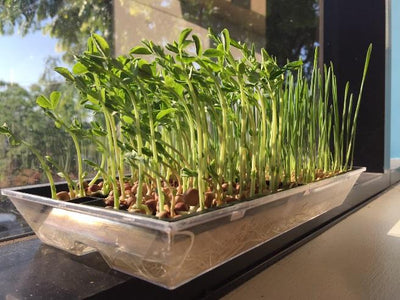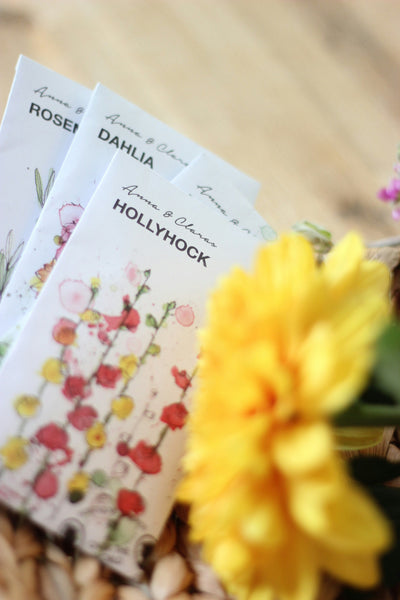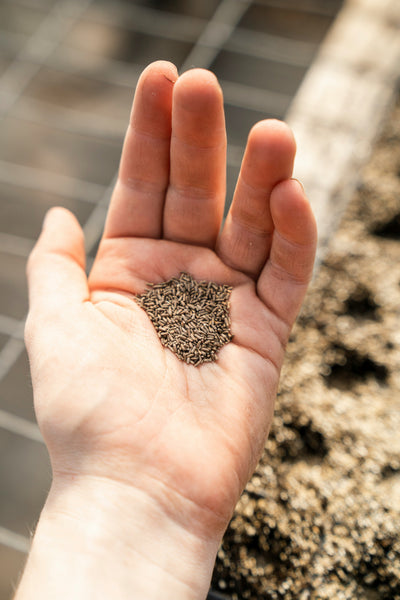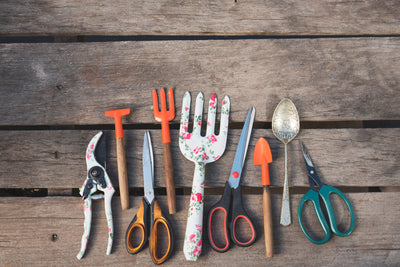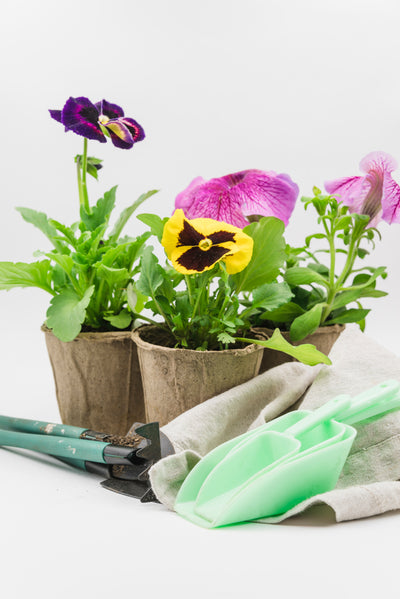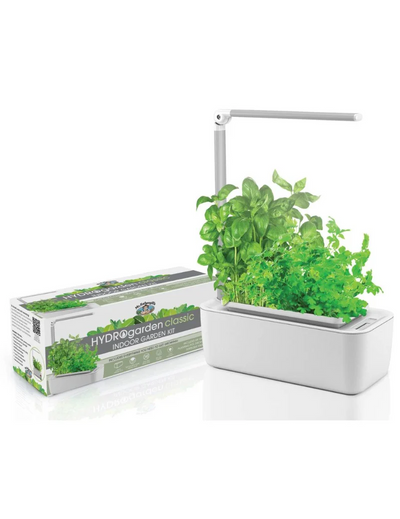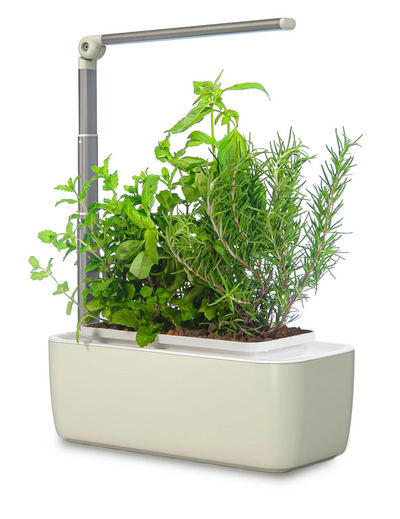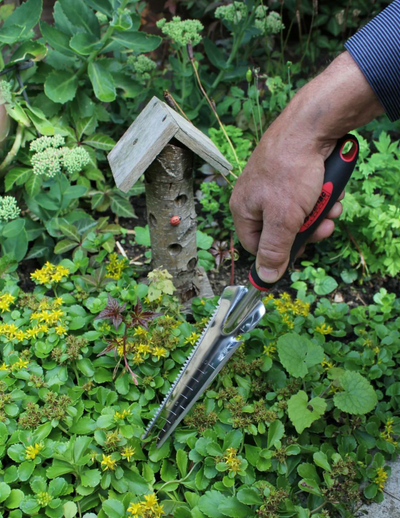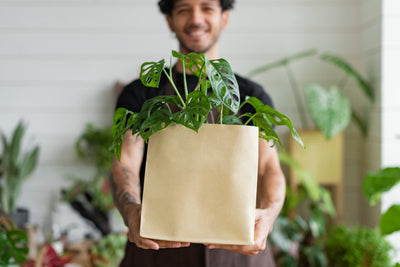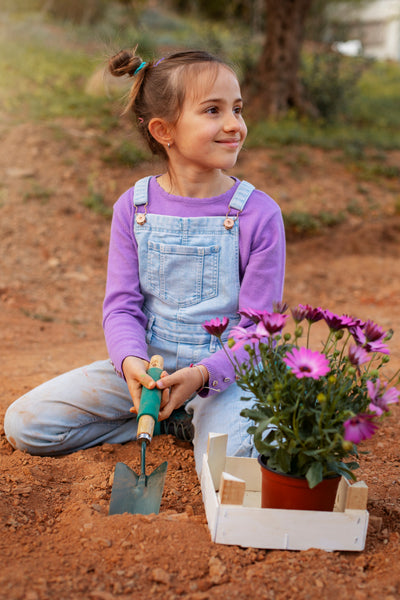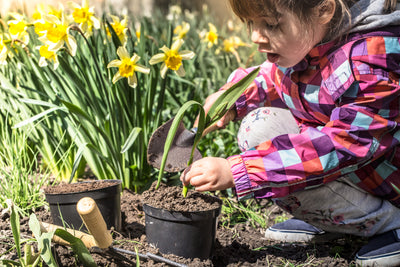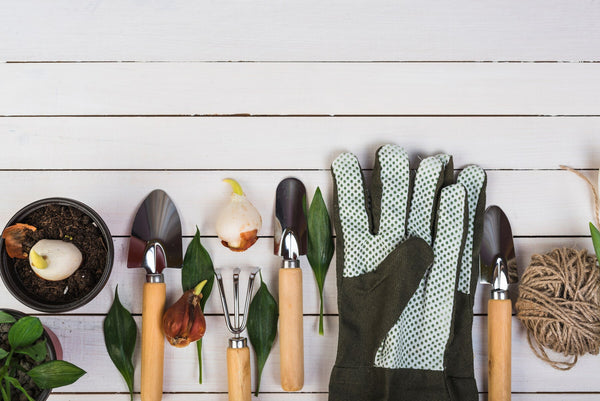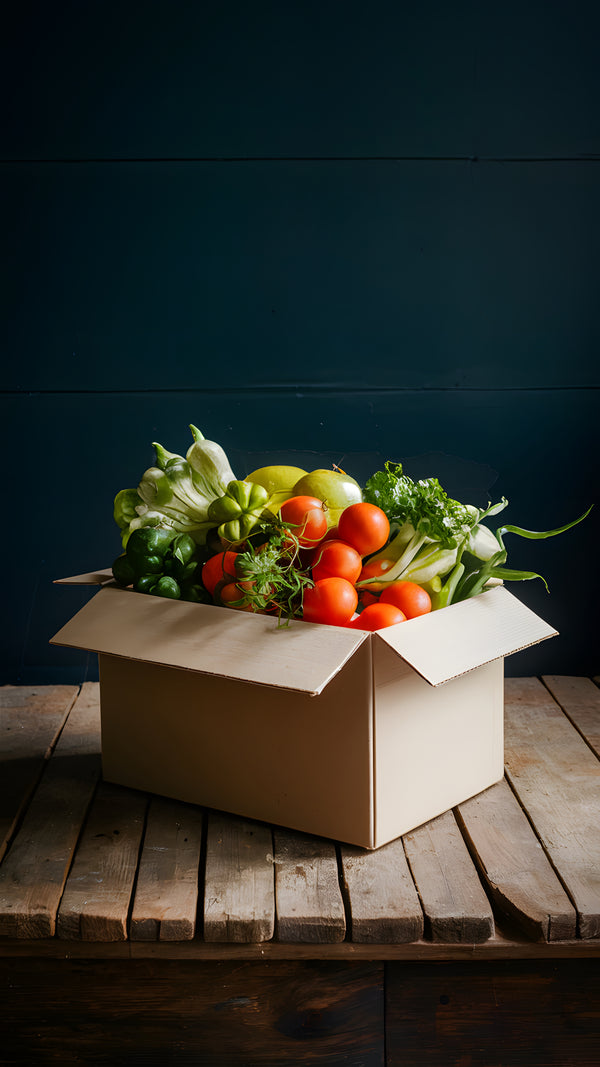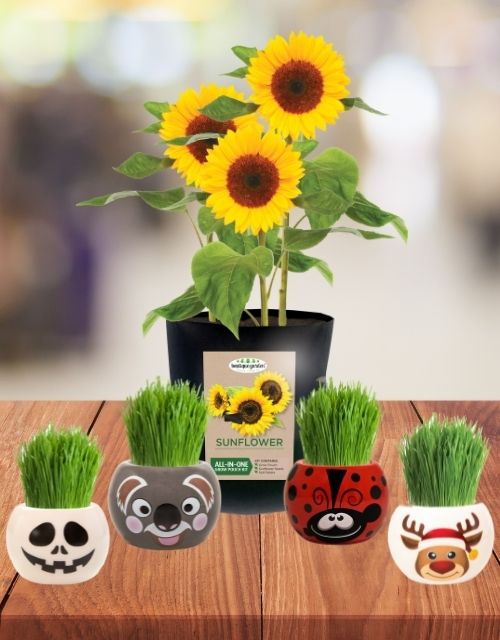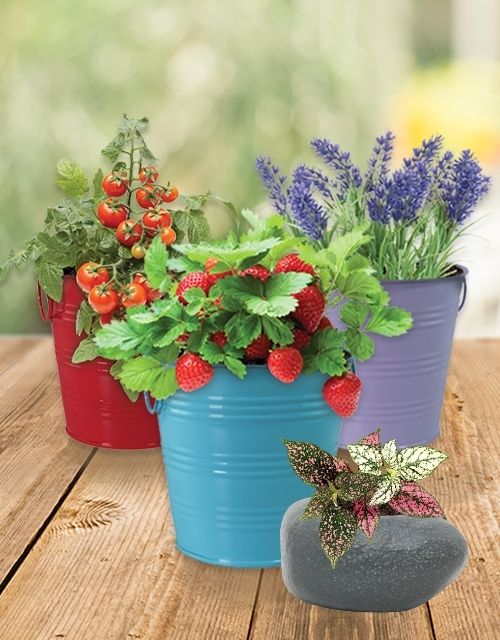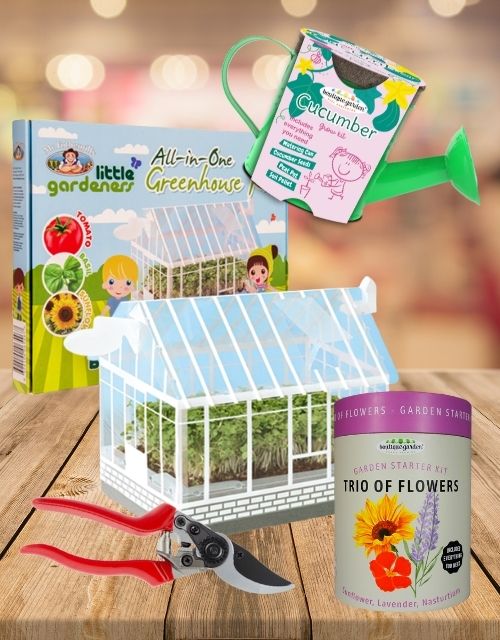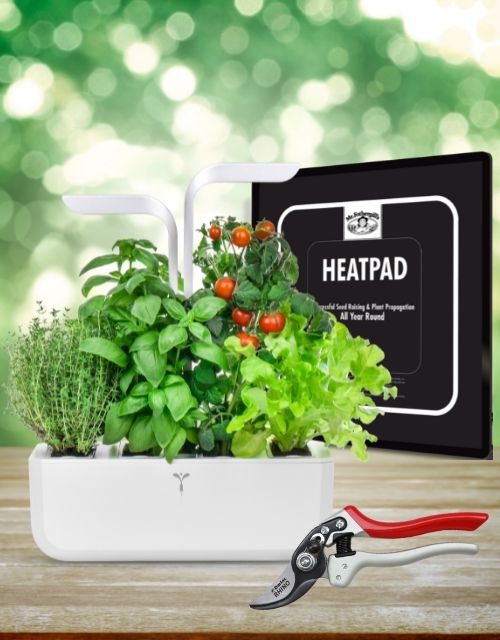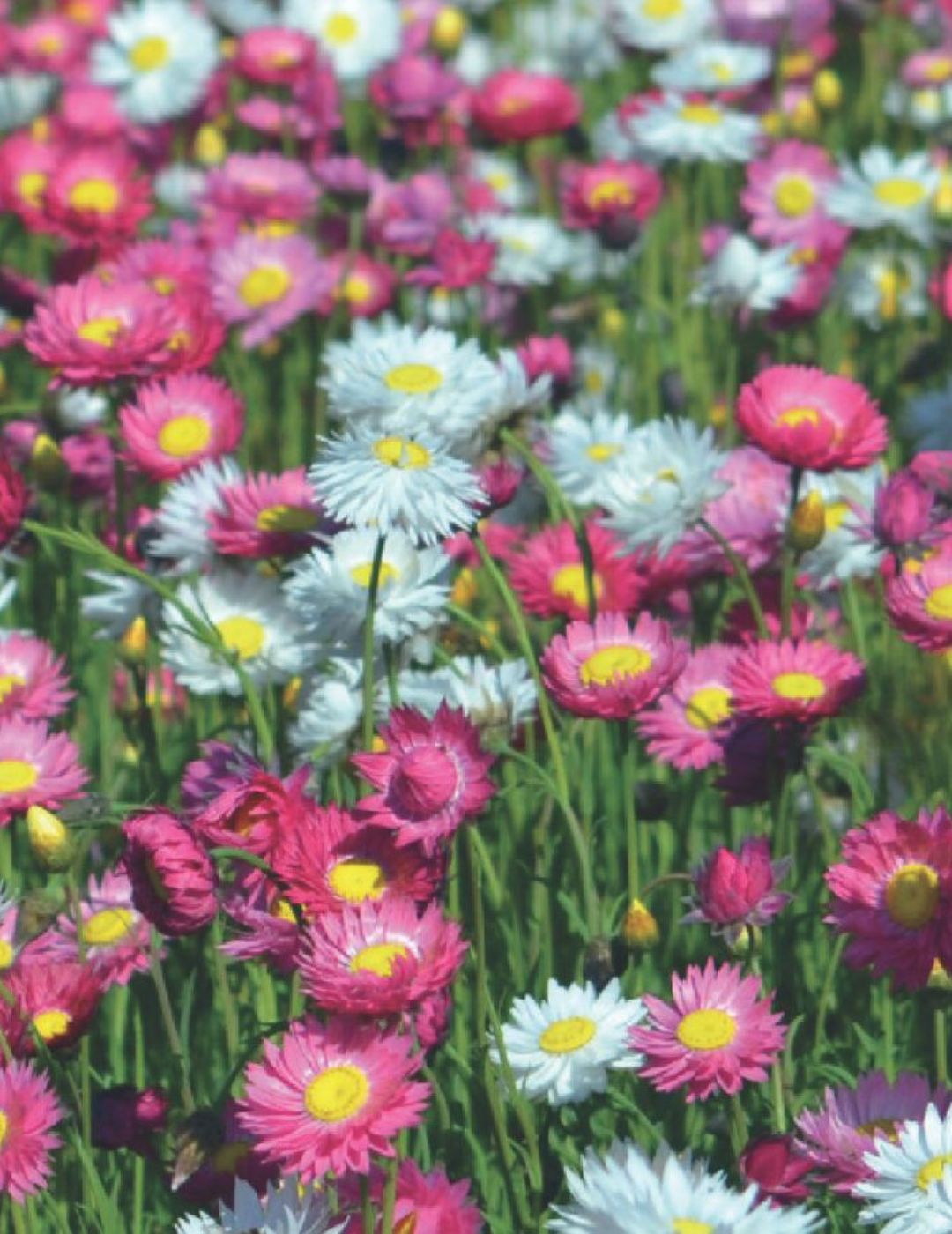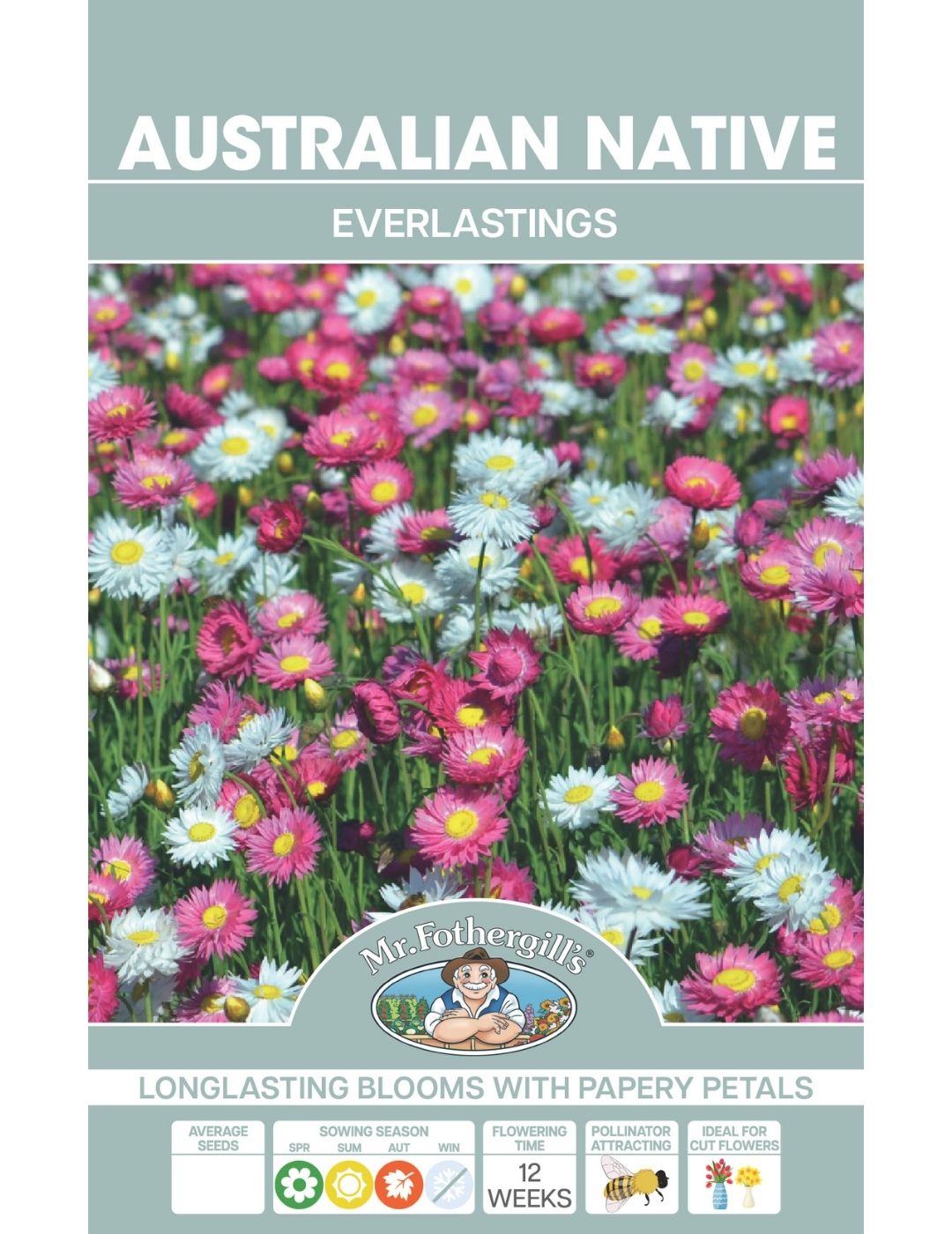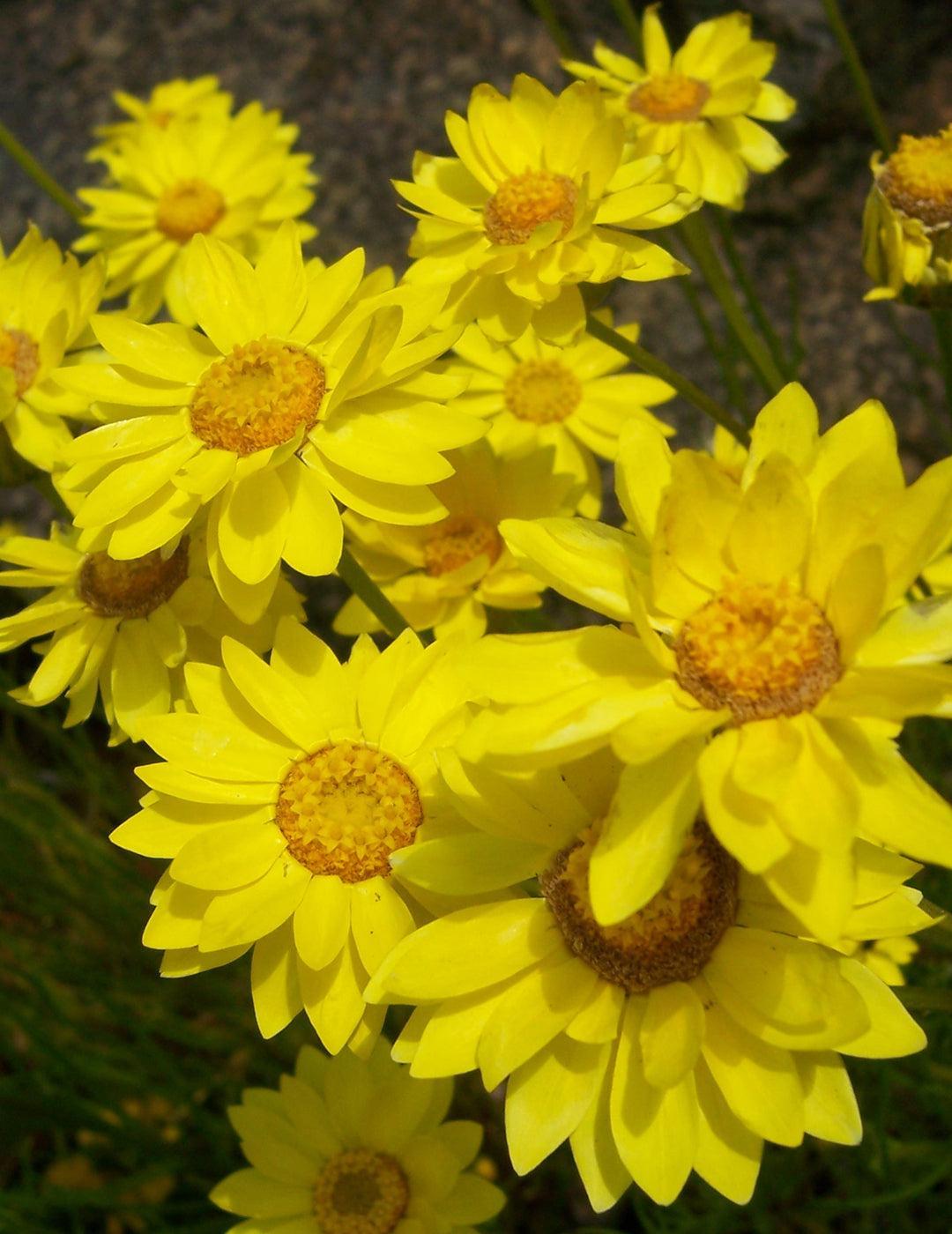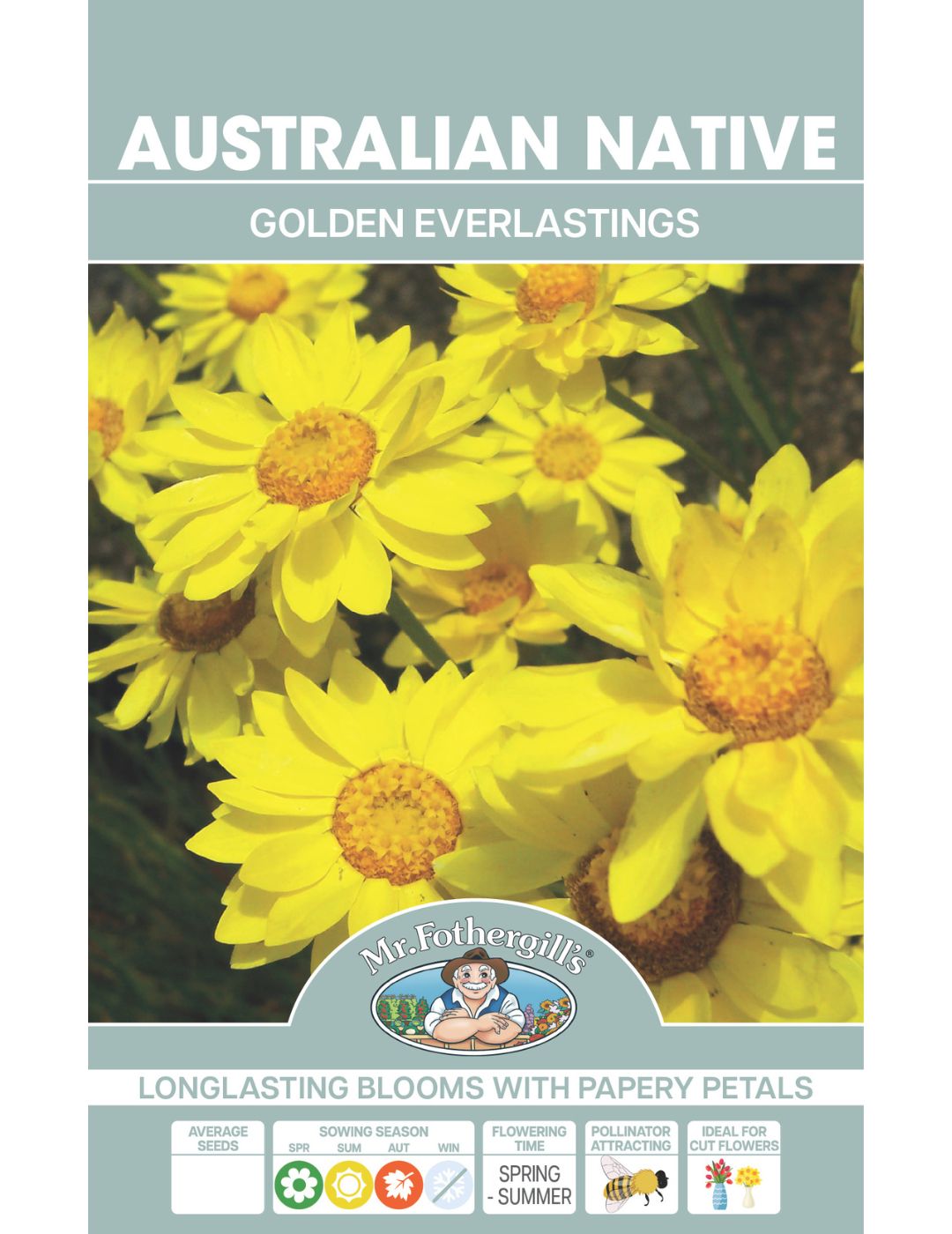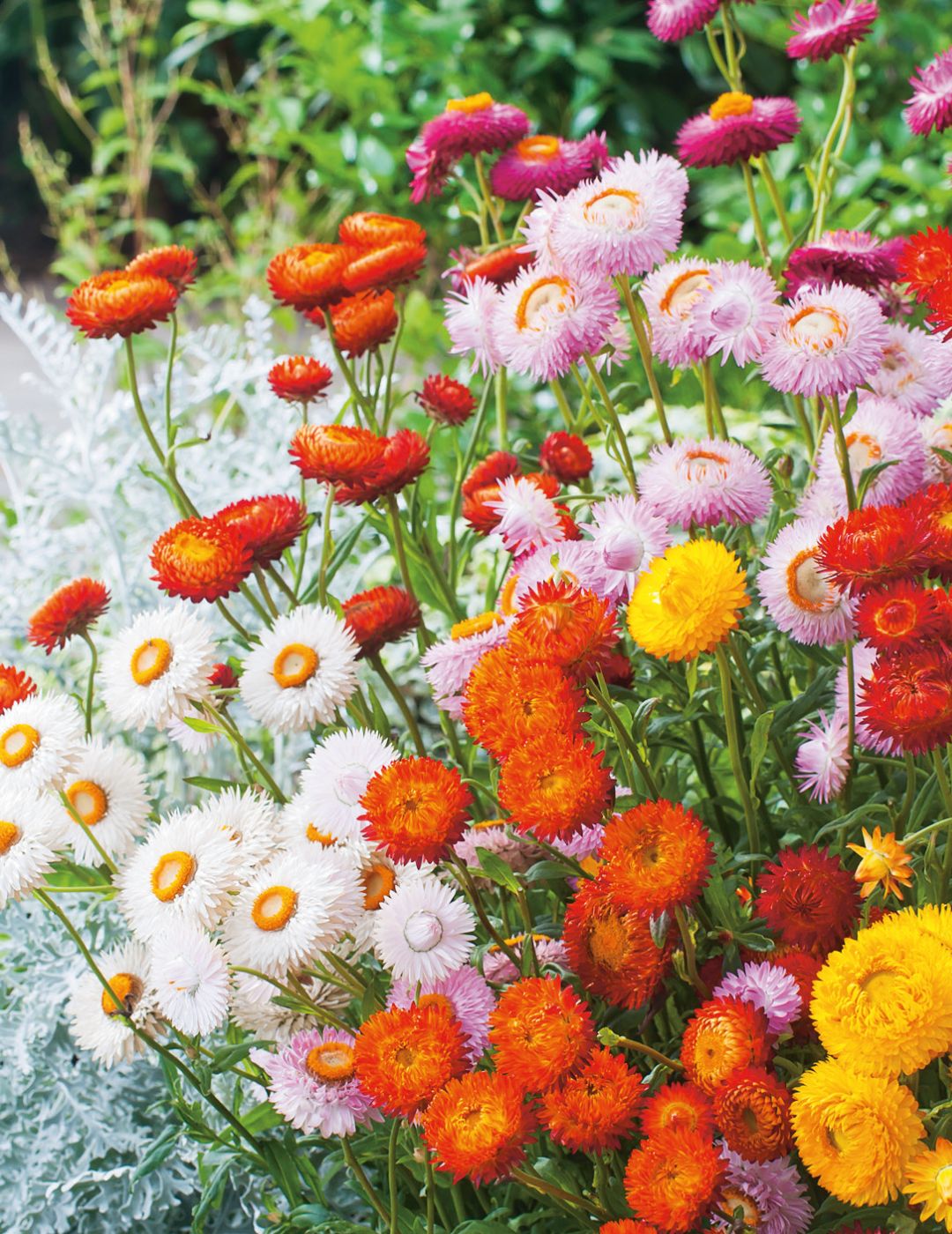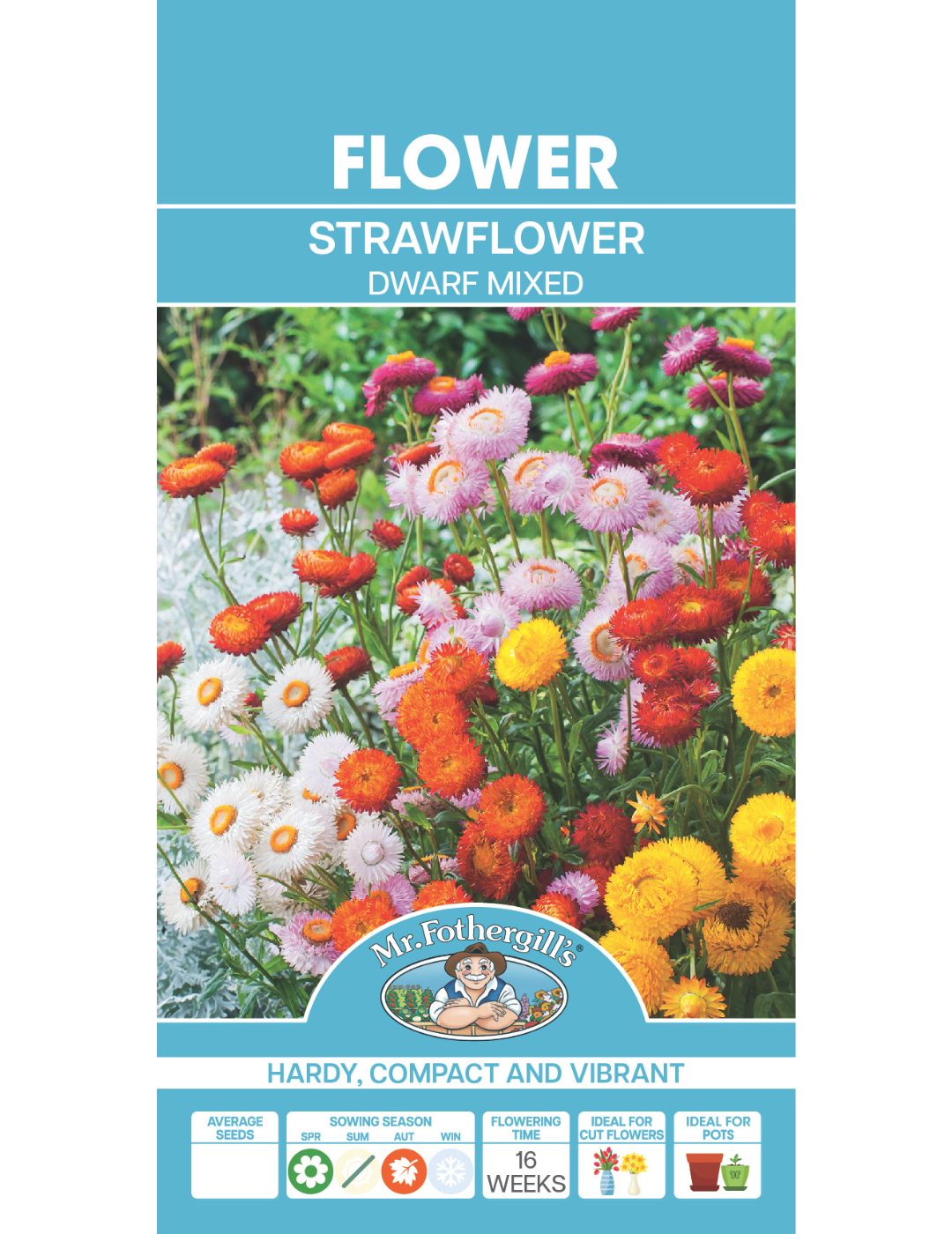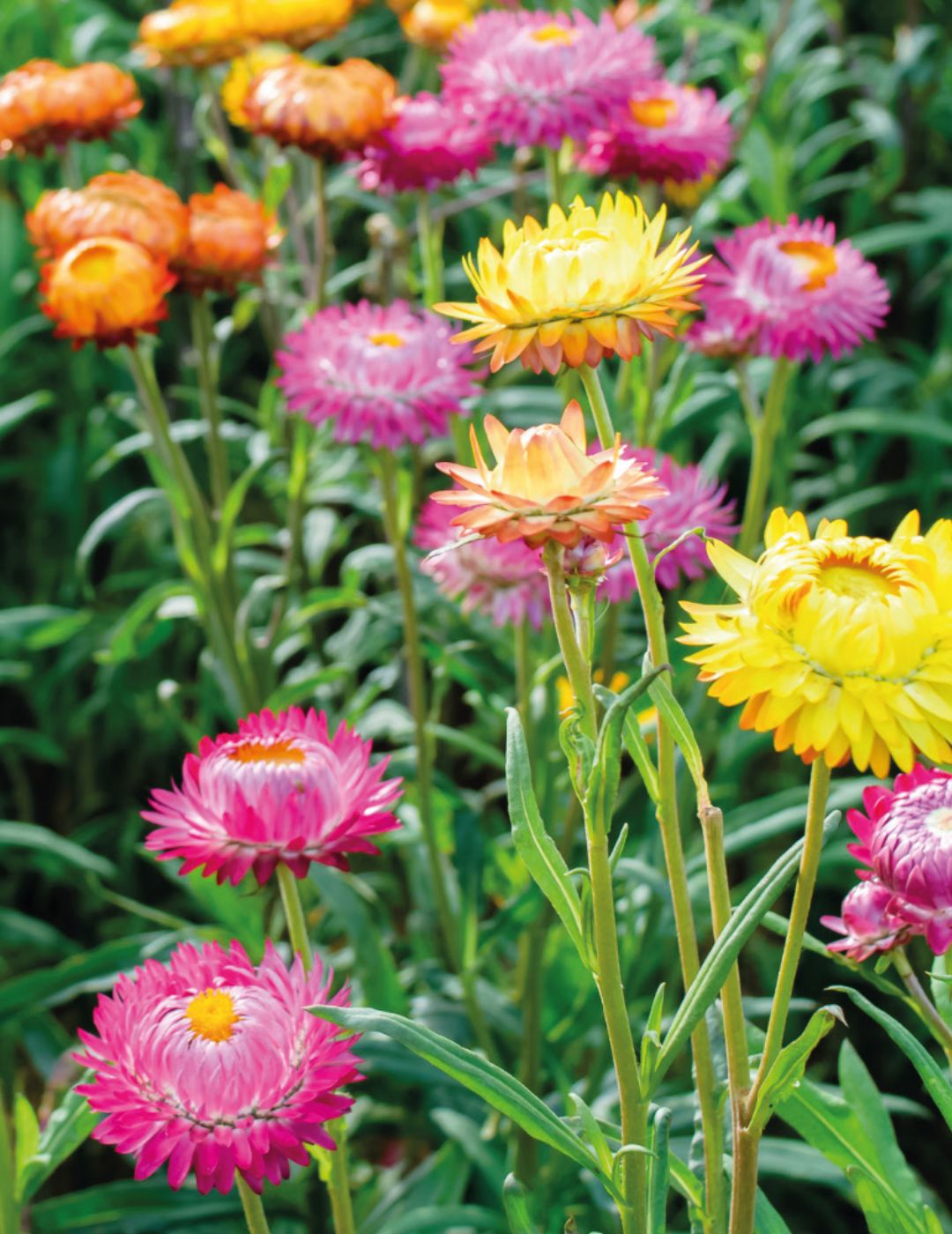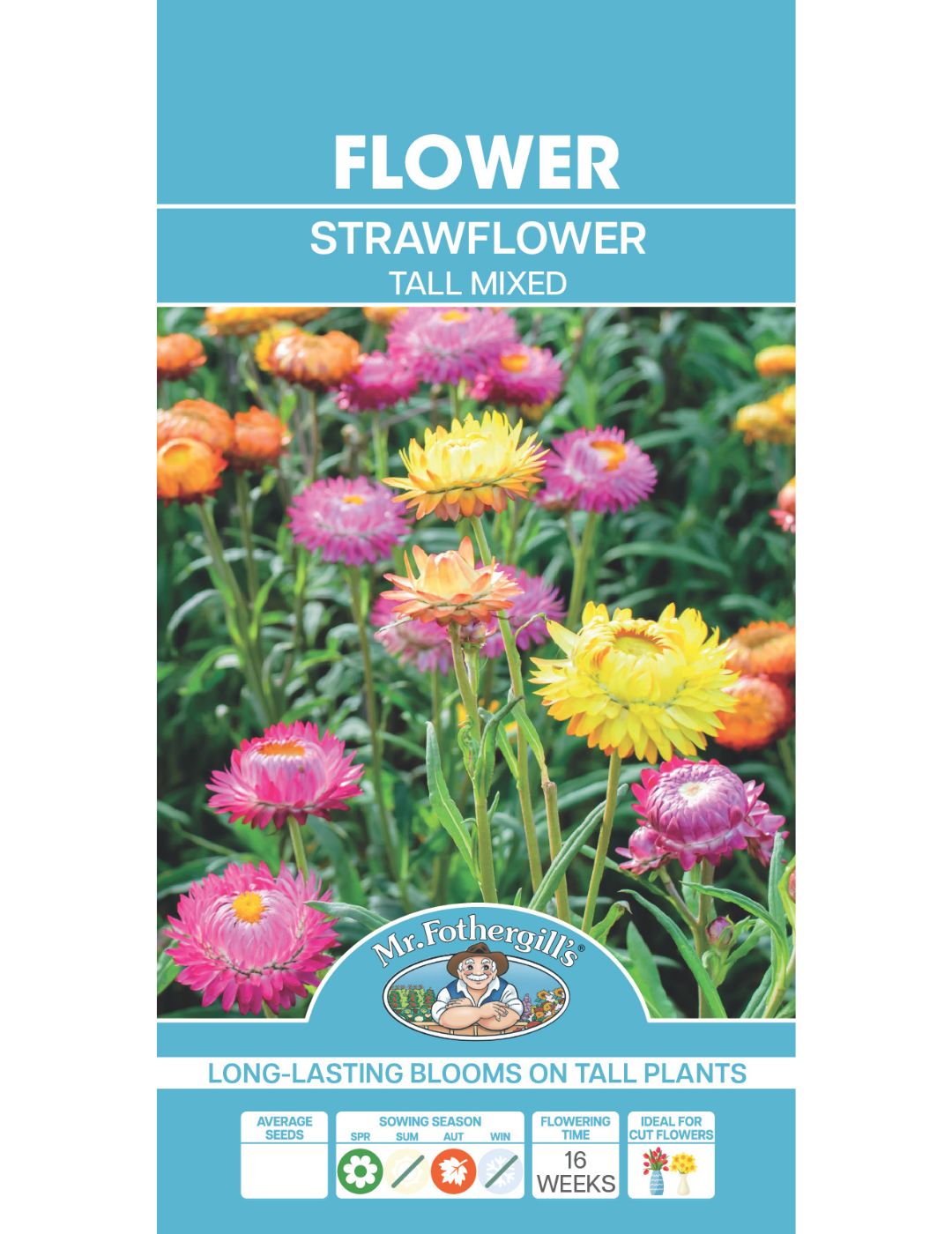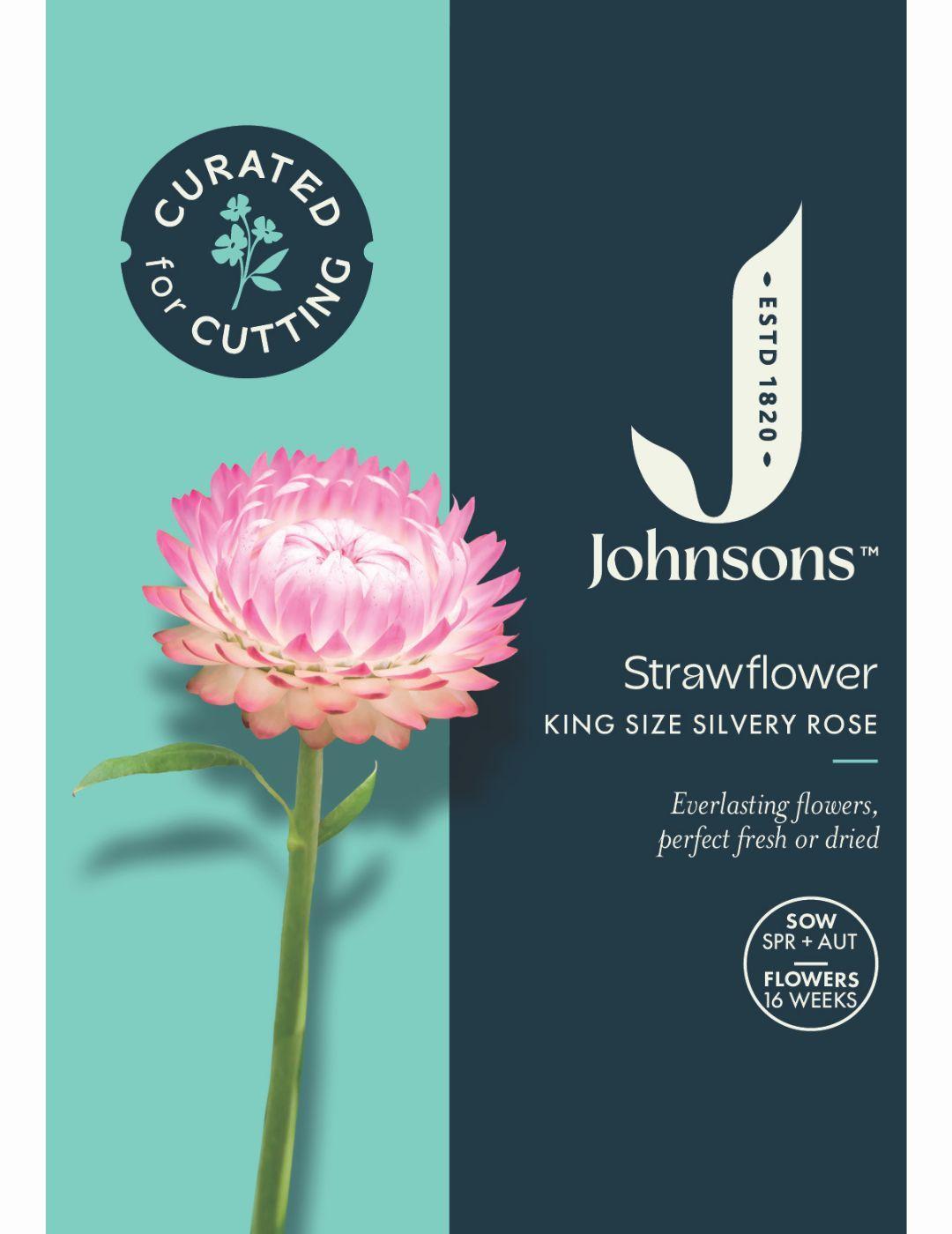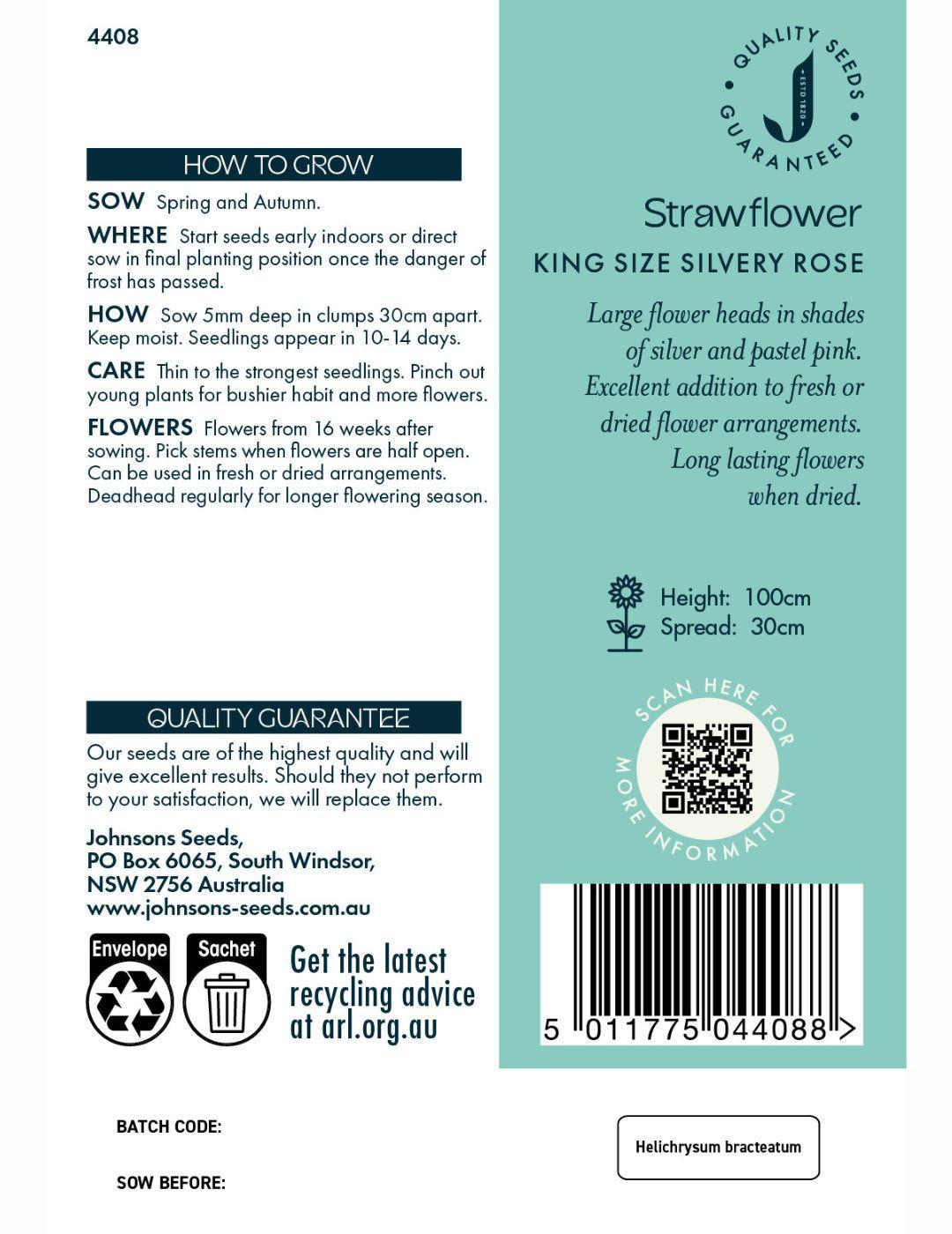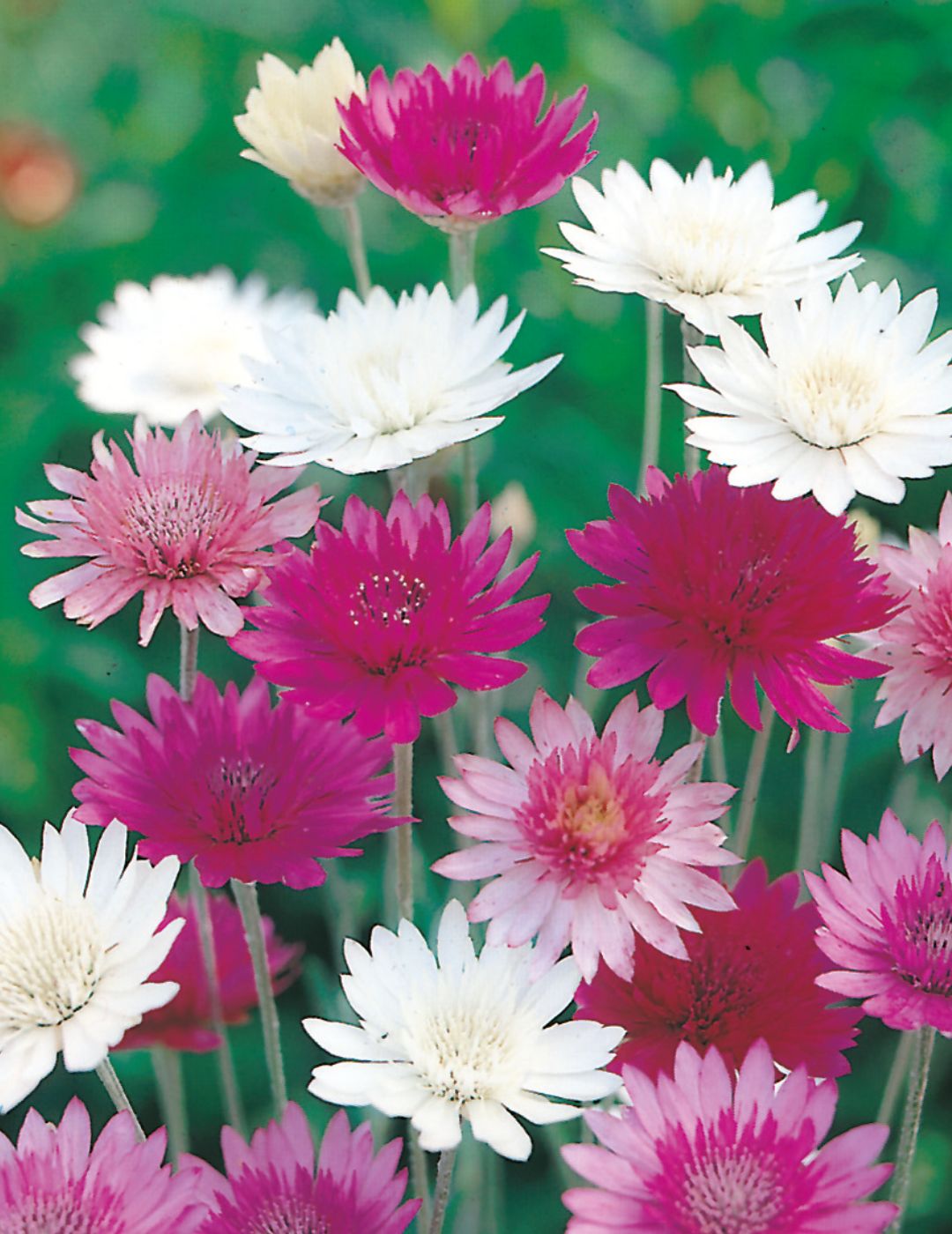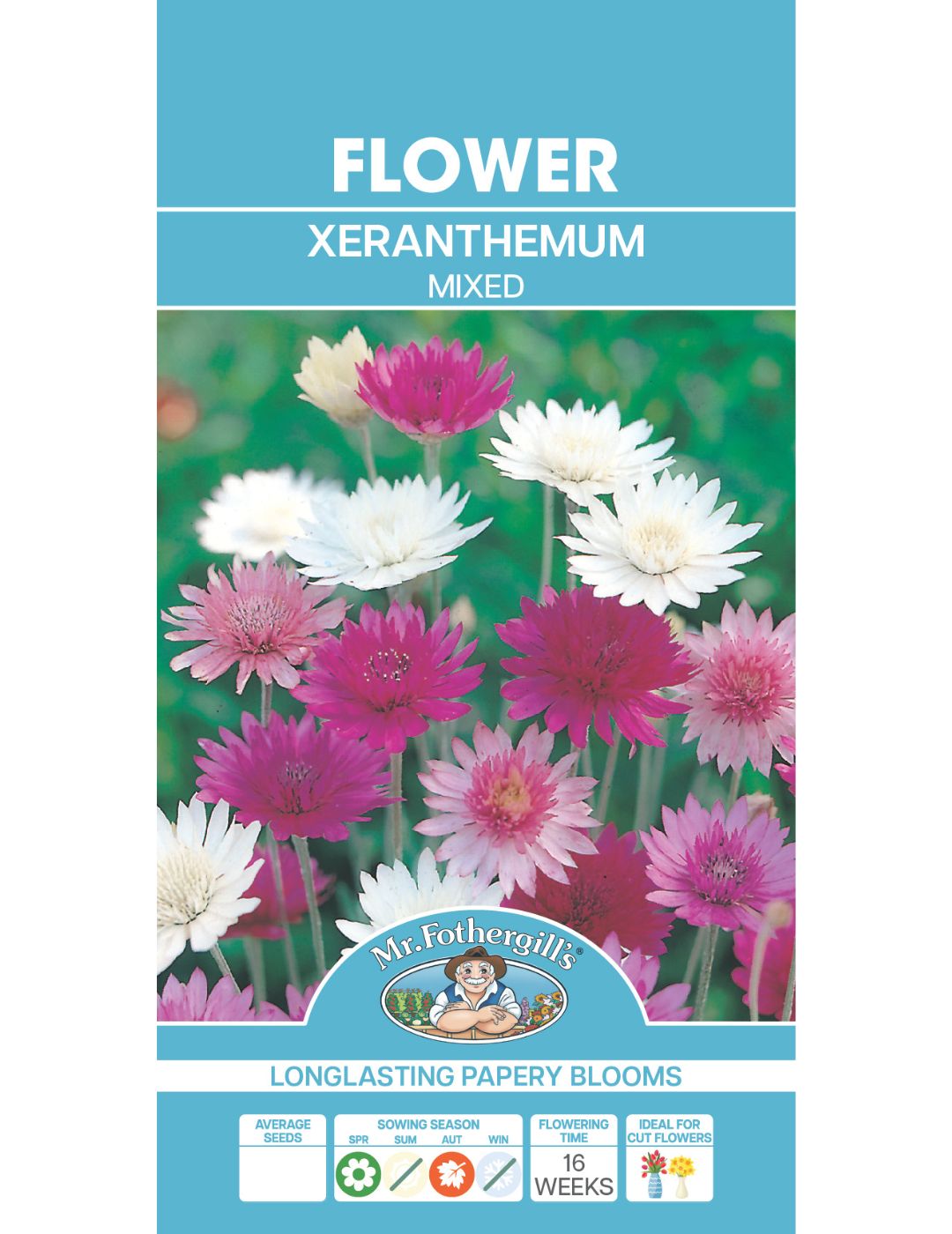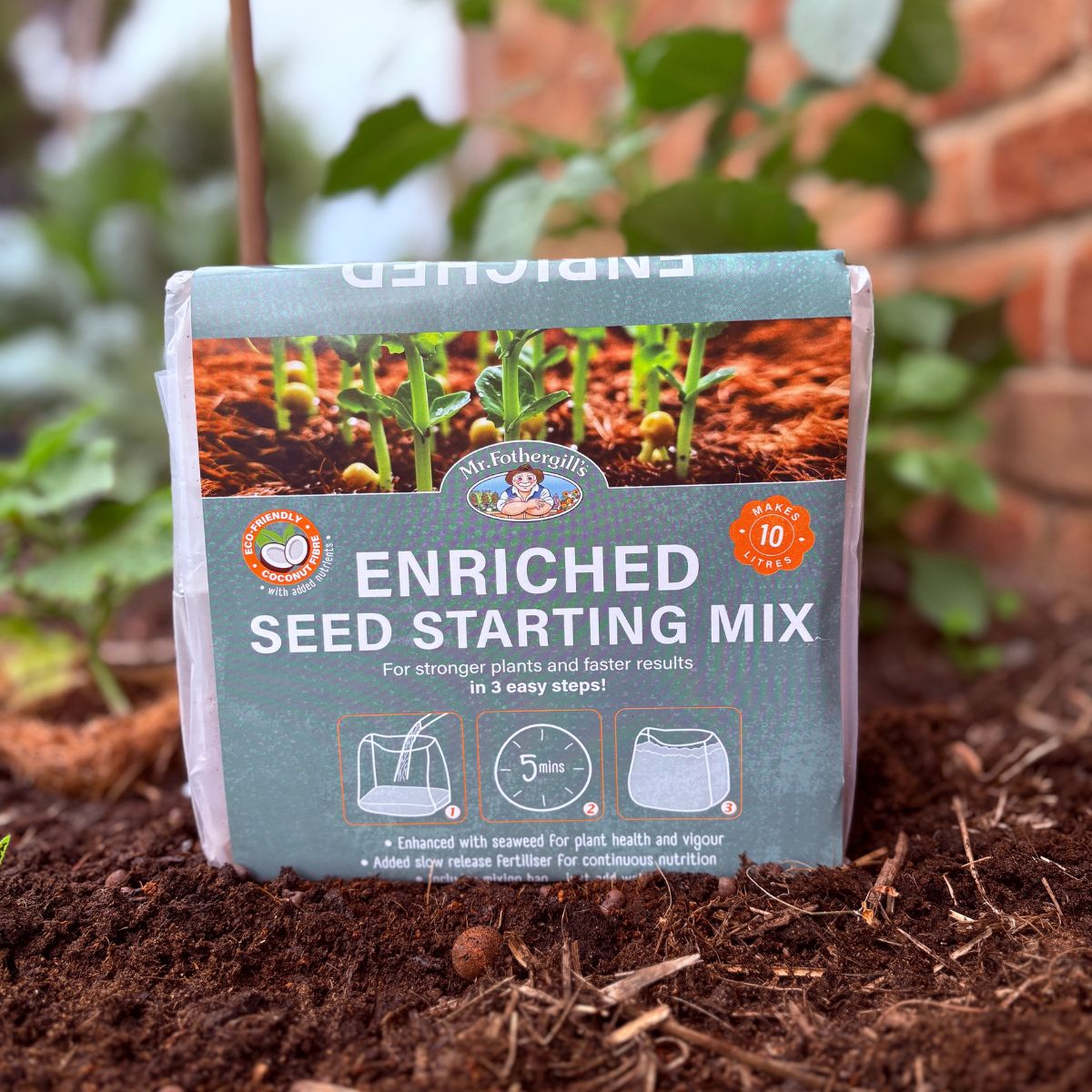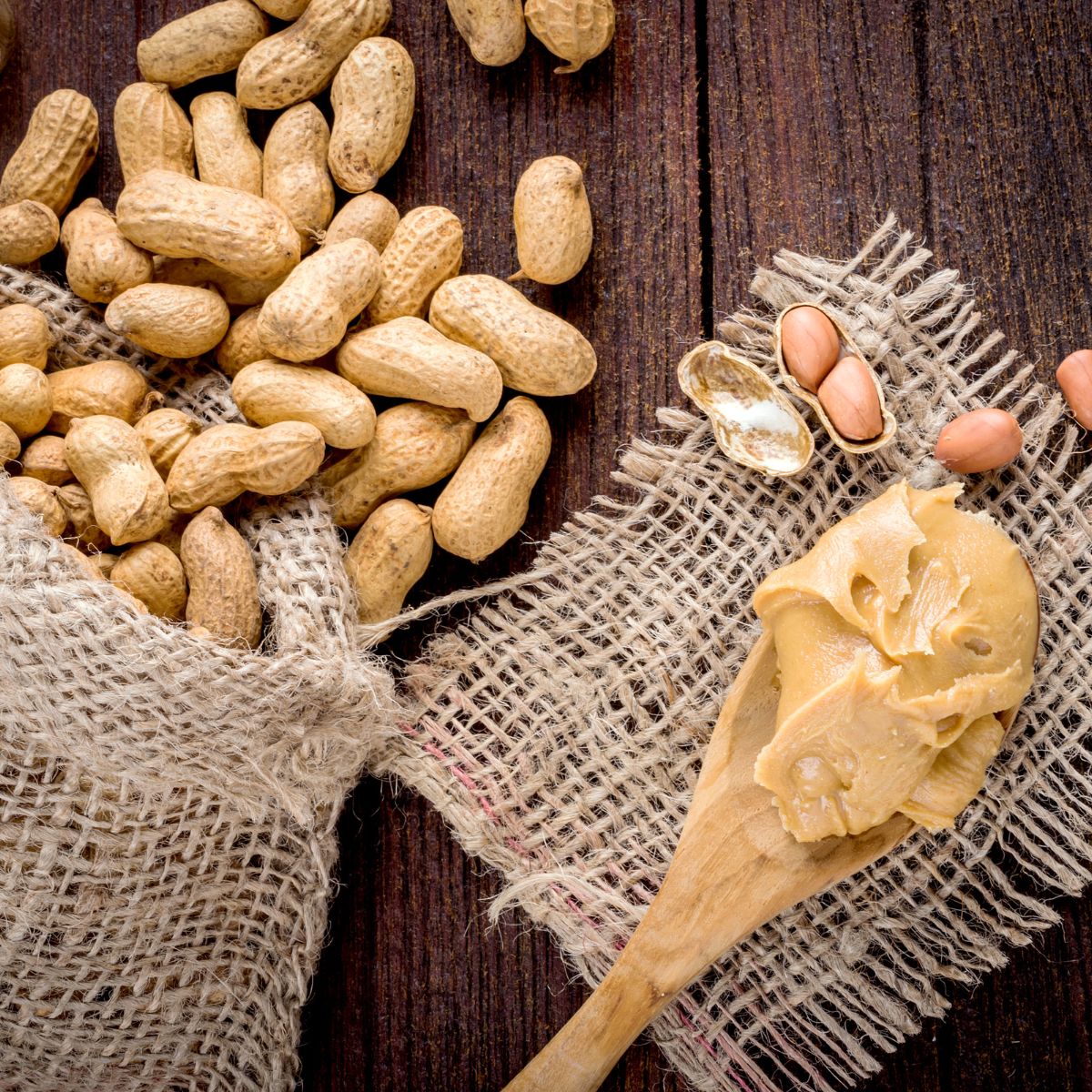
Everlastings also known as paper daisies have grown in popularity in recent years with both budding gardeners and green thumbs alike. With a variety of common names you may be wondering what fits into the category of everlasting or paper daisies. Explore below all the different types of everlasting flowers Mr Fothergill’s offers and follow along for some handy tips on growing these beauties. Go straight to the collection!
What Is An Everlasting or Paper Daisy?
The term ‘’everlasting’’ or ‘’paper daisy’’ can refer to a range of flowers. Typically, these are a range of annual flowers belonging to the Asteraceae (or aster) family. They are characterised by their dry papery like petals. Because of the paper or straw like blooms with low moisture content they are exceptionally popular for creating ‘’everlasting’’ floral displays as they retain their colour and texture for a long time. They are also stunning simply grown in garden beds en masse or in pots as they come in a range of delightful bright colours. So what varieties does Mr Fothergills offer? Follow below for our list of varieties:
Everlasting Daisies – In this category we have the gorgeous pink and white blossoms of Rhodanthe chlorocephala ssp. rosea. This variety is an Australian native and can be naturally found growing in Western Australia. Another Aussie native, Golden Everlastings or Schoenia Filifolia is another popular variety grown by gardeners. The papery golden blooms of this annual are stunning!
Strawflower – Mr Fothergill’s range of Strawflowers include showstopping colour mixes in both a tall and dwarf variety. Known by their botanical name Xerochrysum bracteatum these stunning blooms come in a range of shades from bright orange, white, pink, red and yellow.
Xeranthemum – Our final variety is known by the botanical name Xeranthemum annuum and like the rest of the range has papery blooms that are long lasting and excellent for floral displays.
Growing Tips
· Find a sunny spot in the garden for the best blooms. You can even grow in containers and pots if you don’t have a garden bed in the right area.
· Don’t bury your seeds too deep. Everlastings seeds should be sown on the surface and pressed lightly into the soil or very lightly covered to a maximum depth of 5mm. Sown too deeply or in too clumpy a soil and they may not germinate. Ensure you have a fine tilth to your soil free of large clumps of clay and rocks. Alternatively, sow indoors ahead of time in small pots or soil pellets.
· Like many annual flowers, a well draining soil is ideal. For compact soils improve with an all purpose garden mix and plenty of compost before sowing. Ensure you use quality soil from reputable suppliers, as poor quality mixes can introduce weed seeds, which can easily smother the germinating seeds.
· Watch out for snails and slugs! They can decimate young seedlings. Set out some beer traps away from your planting site to lure them away or try commercial slug pellets. If you have a known issue with snails and slugs try sowing into pots and trays in a mini greenhouse and transplant out as larger seedlings.
Create Your Own Everlasting Display
Once you have grown these everlasting beauties and they start producing lots of stunning flowers it is a great opportunity to start harvesting them for display. Cutting the strawflowers frequently will encourage further flowers so the key is to do it often!
Wait until your everlasting flowers have fully opened and on a dry day use clean secateurs to snip them off with the desired length of stem. Remove the foliage and bundle into small bouquets with twine or rubber bands. You can then hang them indoors in an airy spot to fully dry out. Once completely dry arrange your paper daisies into bouquets and add into cute vases or use them to decorate cards, sew into flower crowns or add into display frames – there are stacks of uses with these!

